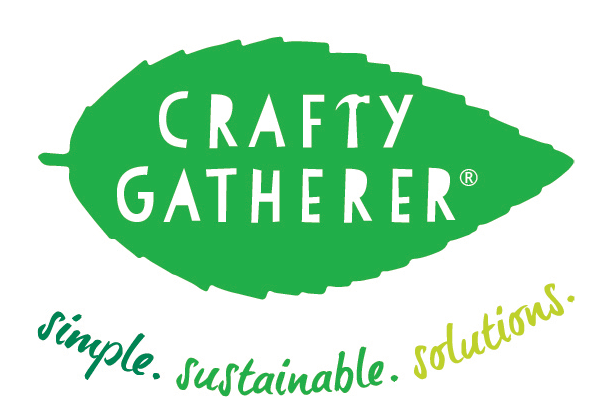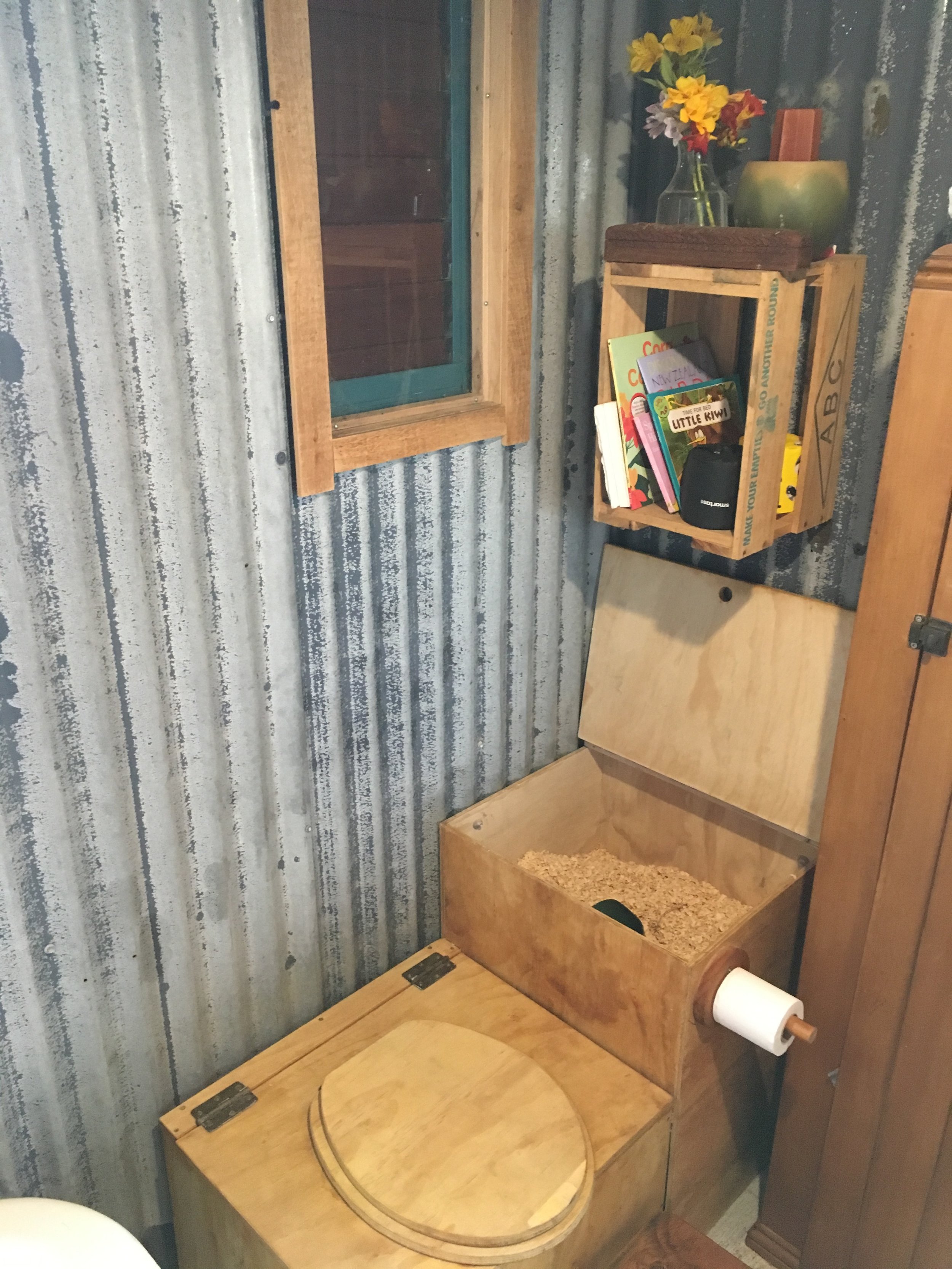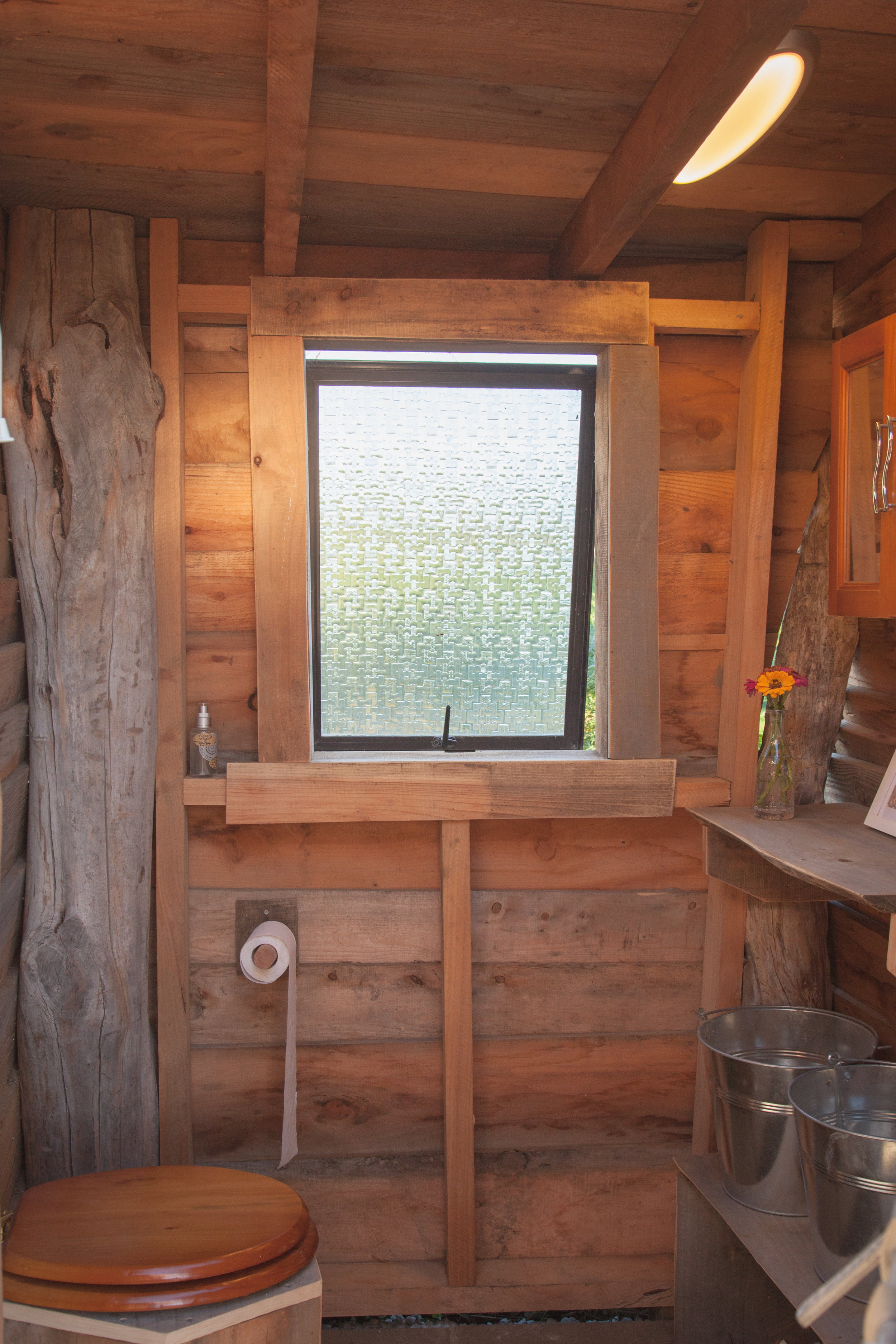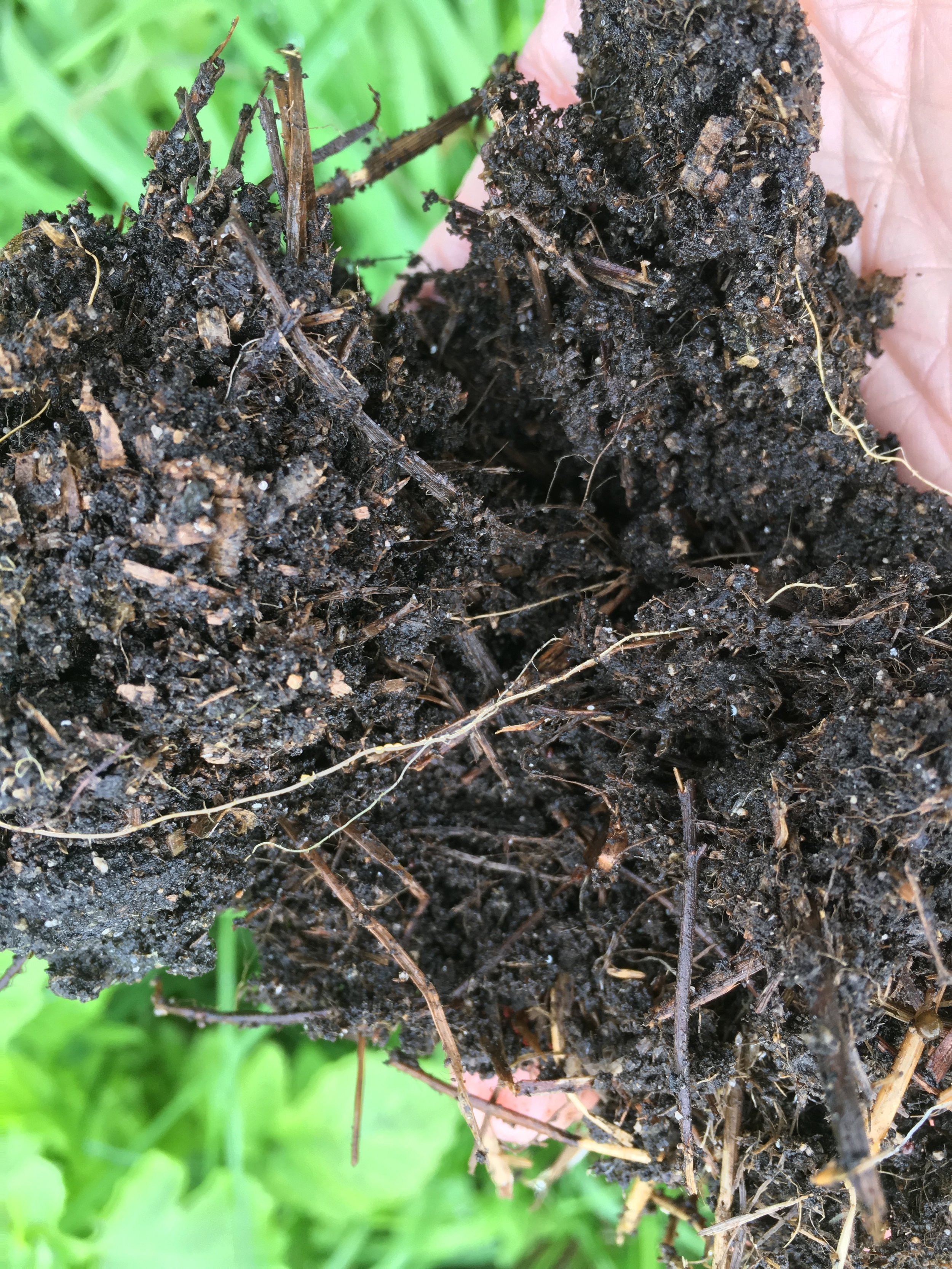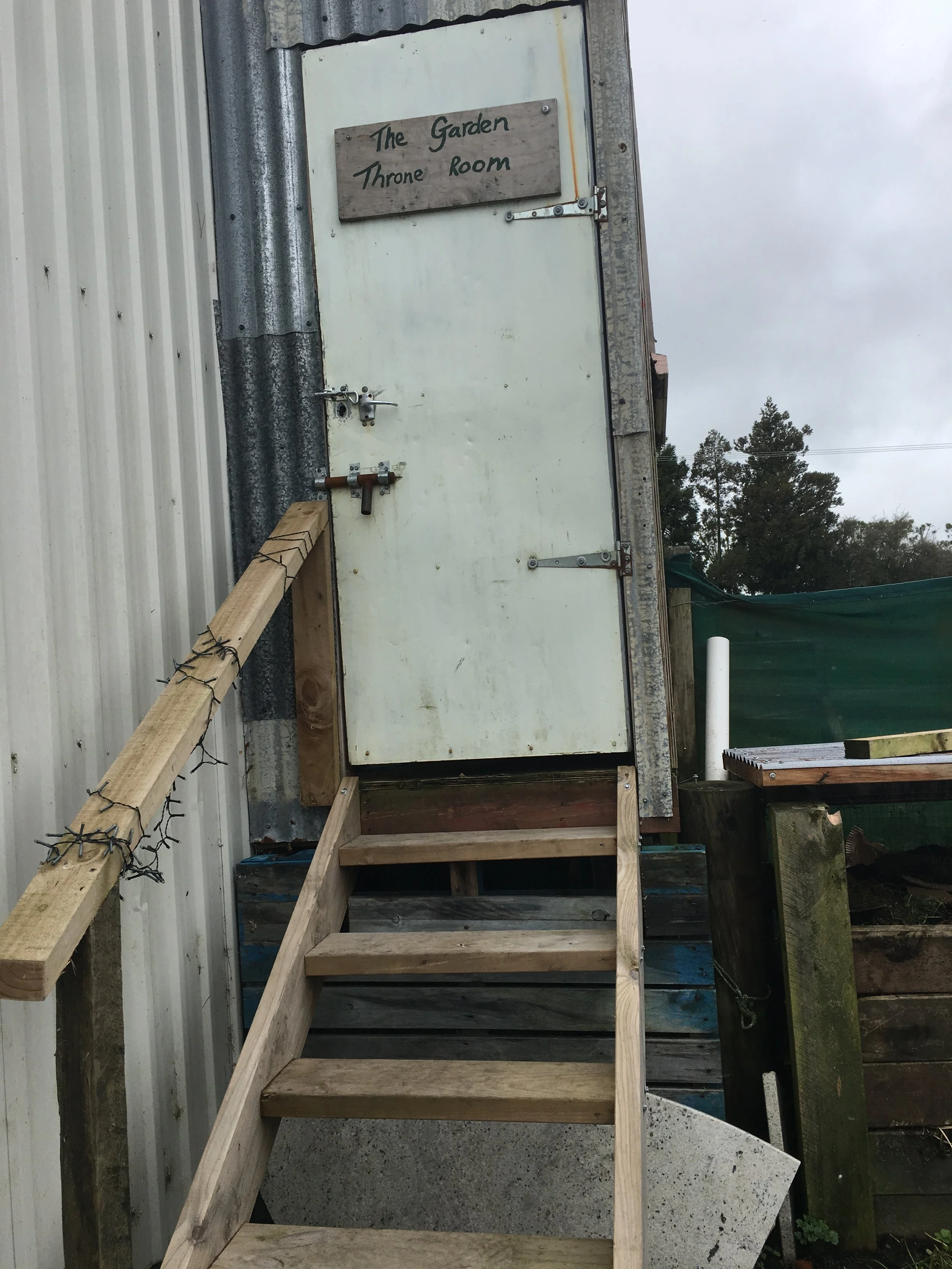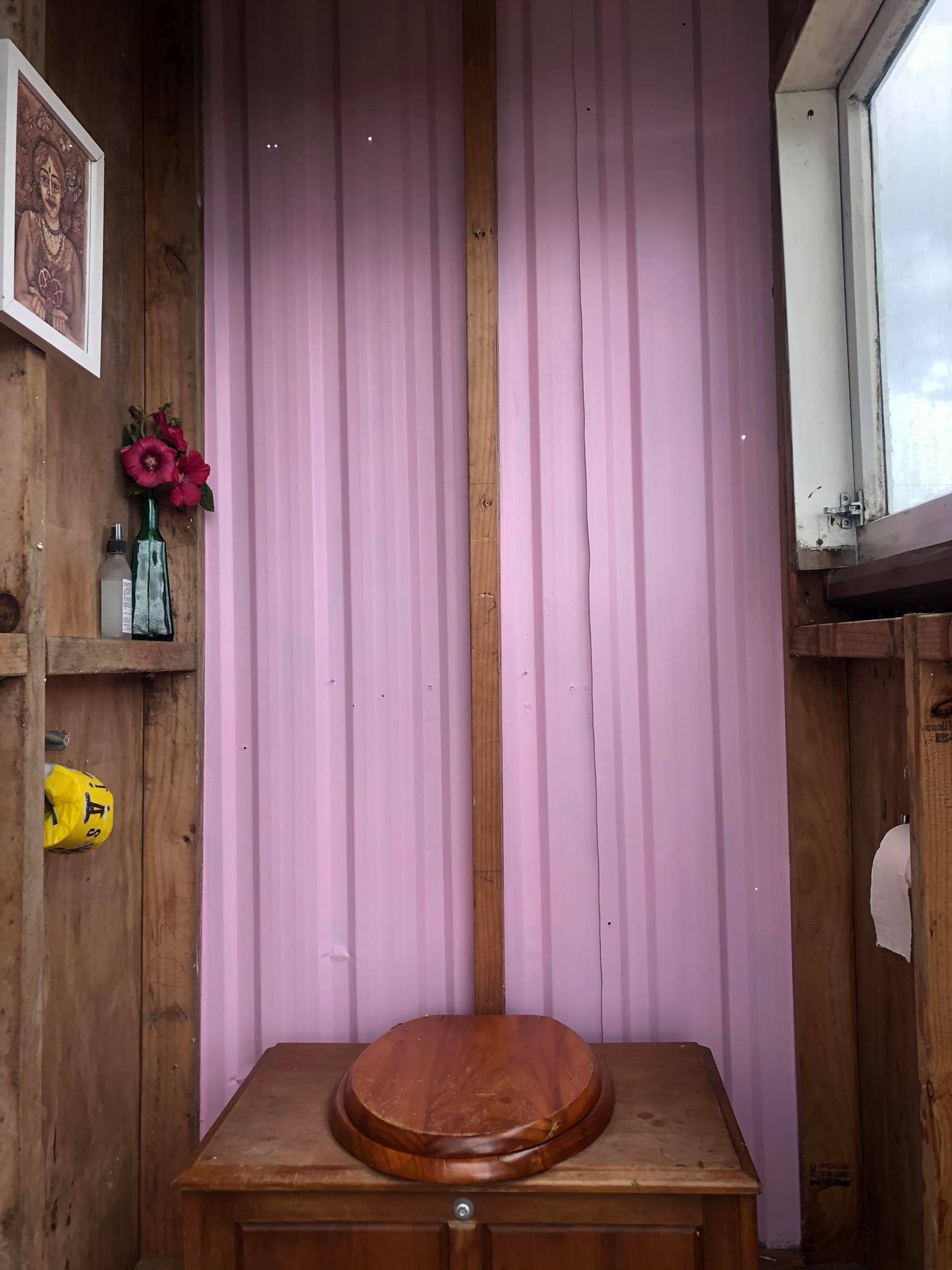Our composting toilet systems
We strongly believe in taking responsibility of ourselves and all of our ‘waste’ products we create. In this particular sense we are talking about our humanure, our poo essentially, and how we take this precious resource and use its fertility instead of flushing it away to a treatment plant, the ocean or to a tank. Water is a valuable resource and so is our humanure, by recycling the nutrients back onto the land instead of creating pollution somewhere else, we are increasing our resiliency skills.
Every time someone flushes a normal toilet, approx. 10 litres of clean, drinkable water is flushed away, contaminated with poo and wees. Having a compost toilet is a little bit of a mind-shift, but really it is just like the composting you are doing in your backyard with your food scraps; based around aerobic breakdown of organic matter.
To be a part of the closed-loop system of growing our food, eating it, excreting it and then composting it - we are giving back to the earth what we had originally borrowed from it. I can't think of something that feels any more natural than this - even though it sounds pretty scary to use one of these toilets for the first time. No need to get all yucky about it, it's just part of human life - we all gotta poop!
We have had a composting toilet on our property ever since we arrived, our humanure is composted safely in a simple way providing us with valuable nutrients for our trees. There are many types of composting toilet systems out there, in our house, we use a really simple 20-litre plastic bucket, with a thermophilic (hot) composting regime. We now have a few systems here on the farm so thought we would discuss and show you them.
Our first bucket system we set up we still use inside our house, although it has had a new improved box/sawdust box lately (as seen above, the other photo is of our composting toilet at our Cob Cottage). This simple design was well-researched through using many different compost toilets on our travels and also thanks to Joseph Jenkins and his Humanure Handbook . With this bucket system we simply do our business and put on a bit of sawdust and then close the lid, when the bucket is full we take it outside, put the lid on and replace the bucket. When we have about 15 buckets full (with the amount of visitors we get, wwoofers and our family - we accumulate about 15 buckets in about 6 weeks) we either put them into a steel drum (with the bottom cut out) or into a wire mesh ring. With both of these we add grass clippings, comfrey leaves, straw, food scraps and some rock-based fertiliser to aid in the composting process. Putting all the buckets onto the compost heap all in one go triggers a mass of microbial activity, thermophilic temperatures which is killing the pathogens (around 55degrees, which we check with a thermometer).
We don't separate out pee in our system as the boys nearly always pee outside, and we haven't found the smell to be a problem at all, people often comment that the toilet doesn't smell at all!
We then let our humanure compost piles sit for roughly a year depending on the season, below is what shit looks like a year after being composted down - just like good soil, full of earthworms and microbes, full of nutrients and totally safe as the pathogen cycles have been given many months to break down.
Our second system is a wheelie-bin design, with the increasing amount of people up here on the land through workshops etc, we wanted a design that meant we wouldn’t have to change the bucket as often and we wouldn't have to handle their 'poo’ essentially. We call this one our Garden Throne Room, as it is in our garden, with a lovely view! With this system, once the wheelie bin is full, you just wheel it out, label it and then let it compost down in the wheelie bin. We add a vent at the top, a tap outlet at the bottom, and a grate inside the bin. This is a great system if you want to add a composting toilet in addition to your flushing toilet that you may already have inside.
We have also played around with an IBC tank design, when we had our two-week cob cottage workshop a few years ago, which is a great system if you are having a festival or something, as it is big enough you don’t have to change it and then when the event is finished you can leave it there to breakdown for a year. Downside - you then have to cut into it to use the goodies and then have to some how dispose of the IBC tank, or re-use it for something else.
"Grow your own food. Make compost. Plant a garden. Be part of the solution, not part of the problem. If you don't, who will?” ― Joseph C. Jenkins, The Humanure Handbook: A Guide to Composting Human Manure
